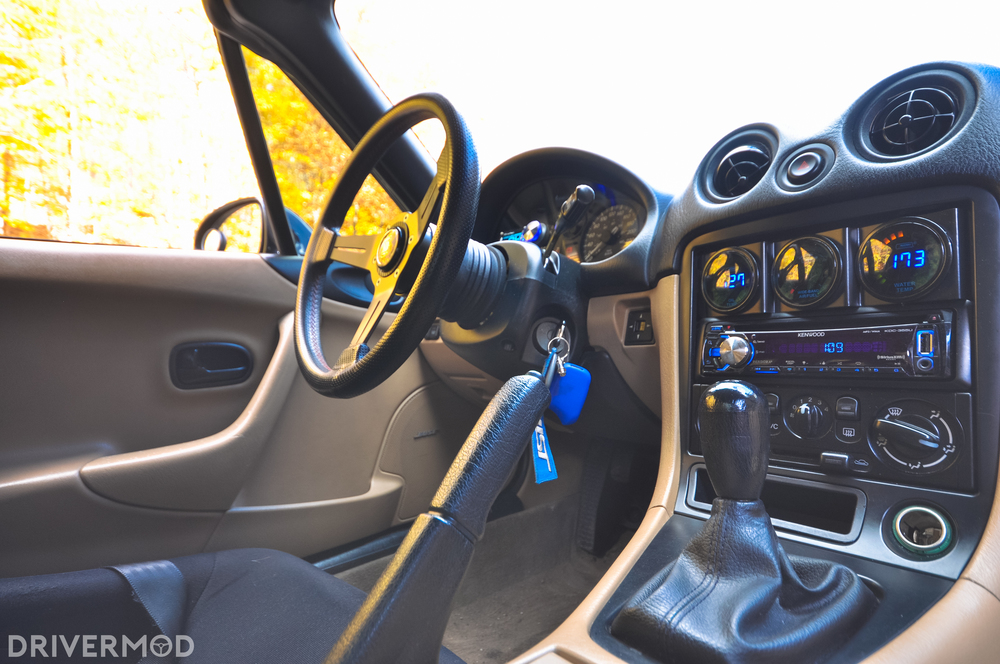If you hadn’t already heard, the world’s beloved automotive pundit Jeremy Clarkson wrote an article in Sun Motors, a UK automotive journal stating what everybody’s middle-aged father/uncle/supposed-automotive-family-expert has said about the manual transmission: it’s great in the twisties or the racetrack, but you’d have to be “mad” (as he puts it) to drive a manual car daily. He goes on to compare those who choose to drive a manual daily, to those who “choose not to have a washing machine because they prefer to clean their clothes in the local river.”
Now, when I went out to buy my first manual car, I believed this: that manual was a bad idea in a daily driver. I thought that I was making a sacrifice, where I’d be enduring the grueling task of changing my own gears every single day in exchange for automotive nirvana on the racetrack. The moment I began driving a manual car daily, I loved it, but I was still in that “honeymoon” stage of car ownership so I figured I’d get sick of driving manual soon enough. A year has gone by and news flash, I still love it. I love it when commuting to school, work, road tripping on the highway; you name it. Yes, it’s difficult to defend the monotonous act of clutching over and over again when sitting in bumper to bumper traffic, but really heavy traffic sucks no matter what you’re driving.
There’s a really simple reason for this. Everything that makes a manual fun is still there when you hop into your car every single day. Heel toe downshifting when entering highway on-ramps, blipping the throttle perfectly when downshifting on the highway, and running through the gears of a tight shifter like the Miata’s have become a replacement for morning coffee. More so, simple things like having engine breaking at your disposal is really, really nice. I vividly recall talking to a friend of mine who had recently moved from the UK to Toronto, and one of the first thing he noticed about driving in Canada was that whenever a slowdown is detected brake lights come on as far as the eye can see. That’s because when you take your foot off the throttle of an automatic car, you don’t slow down, so you’re forced to brake constantly.
In the column, JC explains that today’s automatics with paddle-switches “are sublime,” which is probably true if you’re driving a PDK-equipped Porsche or a Ferrari, but for most of us driving Toyota Corollas, Honda Civics, and Mitsubishi Lancers, trying to control an automatic is cumbersome at best. If they don’t have paddle-shifters, trying to guess what the car will do when you put your foot down is difficult at best. If you’re lucky enough to get a set of paddles, they’re usually so slow to react to your commands that you’re better off ignoring them all together.
I’m equally opposed to the notion that all automatics are terrible. If you don’t like the idea of shifting your own gears, that’s perfectly fine – buy an automatic, driving an automatic is nice for a lot of ways. You sit down, press the go pedal, and you’re off. No clutch to worry about, no wondering what gear you need to be in; it’s simple and effortless. However, the notion that driving manual cars are stuck in the dark ages, or “mad” as JC kindly describes, is complete rubbish. Who knows, maybe London streets are so awful, so congested, that driving manual really is that awful. Personally, I’ll take a manual over an automatic any day. That’s my preference, and there’s nothing wrong with that.
You can read Jeremy’s original article here.

